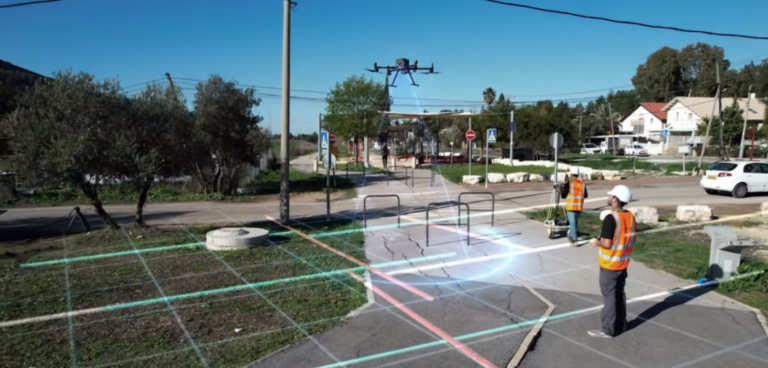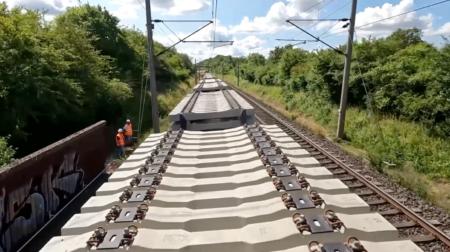AI technology developer Exodigo has announced the completion of an underground mapping project using its solution, which reportedly cut hits with utility lines by 50%.
Veteran Pipeline Construction, a subsidiary of Charge, a procurement and construction services provider, used Exodigo’s mapping solution during a recent construction project in California.
Exodigo’s platform was used to identify utility lines beneath the surface so new facilities could be installed in unobstructed areas.
“Construction and utility companies need a safe, fast way to get a precise view of what lies beneath the surface,” said Jeremy Suard, co-founder and CEO of Exodigo.
“Our AI platform eliminates the human bias that can often lead to inaccurate interpretations and major misses – giving the teams onsite more confidence and control to ensure safe and efficient execution of the project.”
The project, which took place in a mobile home community, reportedly began with limited documentation of gas, electric, water, sewer and communications lines.
Charge thus needed to research, locate and excavate around any existing utilities.
The firm performed a typical utility investigation first, which involved procuring a subsurface utility engineering provider to map the site with ground-penetrating radar (GPR) and sewer camera equipment, before surveying the site using a global positioning system.
Charge then compared these results to those from AI-generated maps to verify the location of underground facilities, including data on their size, depth and material.
Exodigo’s solution uses sensors, deployed by cart or drone, alongside 3D imaging and AI-powered technology to scope out underground objects.
This reportedly provides a safer, more accurate and sustainable way of mapping out subterranean facilities by reducing the need for manual digging and excavation processes.
According to Charge, the Exodigo solution was able to provide precise maps while avoiding excavations; position new pipelines; find 50% more lines than a private firm offering the same service; cut potholing costs by 30%; improve differentiation between signals compared to GPR; and boost the overall confidence of onsite staff.








